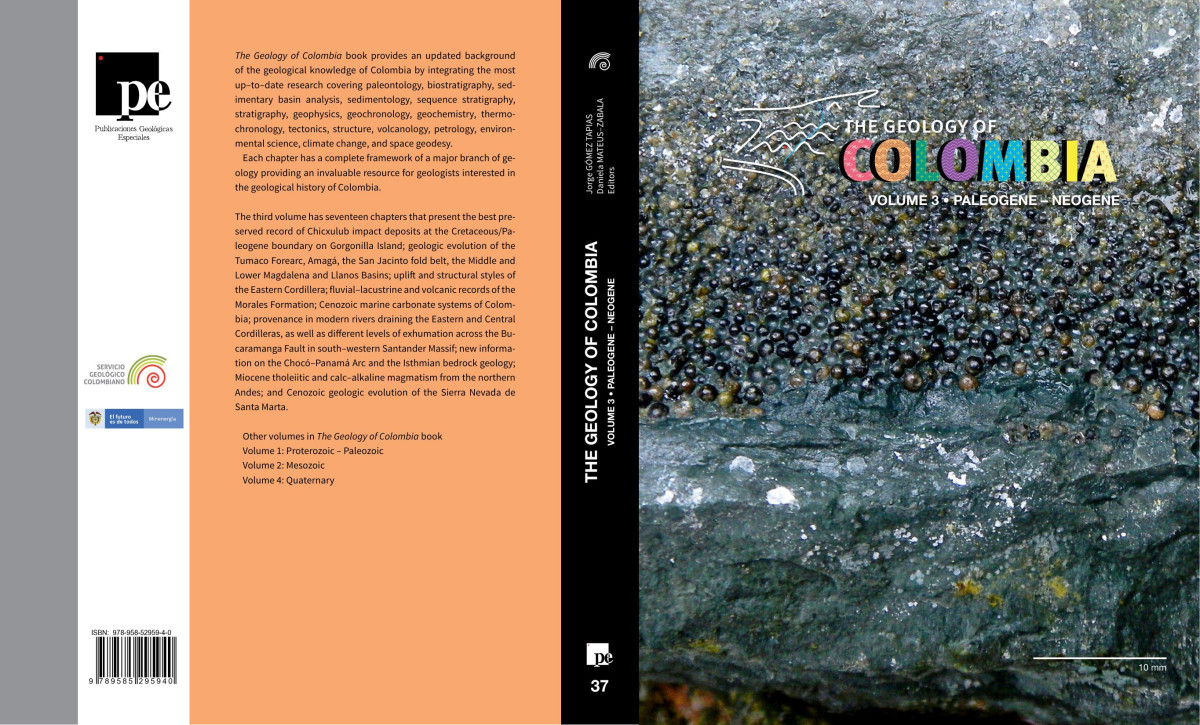

Most ebook files are in PDF format, so you can easily read them using various software such as Foxit Reader or directly on the Google Chrome browser.
Some ebook files are released by publishers in other formats such as .awz, .mobi, .epub, .fb2, etc. You may need to install specific software to read these formats on mobile/PC, such as Calibre.
Please read the tutorial at this link: https://ebookbell.com/faq
We offer FREE conversion to the popular formats you request; however, this may take some time. Therefore, right after payment, please email us, and we will try to provide the service as quickly as possible.
For some exceptional file formats or broken links (if any), please refrain from opening any disputes. Instead, email us first, and we will try to assist within a maximum of 6 hours.
EbookBell Team

5.0
80 reviewsThe Geology of Colombia. Volume 3 Paleogene – Neogene.
The Geology of Colombia book provides an updated background of the geological knowledge of Colombia by integrating the most up–to–date research covering paleontology, biostratigraphy, sedimentary basin analysis, sedimentology, sequence stratigraphy, stratigraphy, geophysics, geochronology, geochemistry, thermochronology, tectonics, structure, volcanology, petrology, environmental science, climate change, and space geodesy.
Each chapter has a complete framework of a major branch of geology providing an invaluable resource for geologists interested in the geological history of Colombia.
.The third volume has seventeen chapters that present the best preserved record of Chicxulub impact deposits at the Cretaceous/Paleogene boundary on Gorgonilla Island; geologic evolution of the Tumaco Forearc, Amagá, the San Jacinto fold belt, the Middle and Lower Magdalena and Llanos Basins; uplift and structural styles of the Eastern Cordillera; fluvial–lacustrine and volcanic records of the Morales Formation; Cenozoic marine carbonate systems of Colombia; provenance in modern rivers draining the Eastern and Central Cordilleras, as well as different levels of exhumation across the Bucaramanga Fault in south–western Santander Massif; new information on the Chocó–Panamá Arc and the Isthmian bedrock geology; Miocene tholeiitic and calc–alkaline magmatism from the northern Andes; and Cenozoic geologic evolution of the Sierra Nevada de Santa Marta.